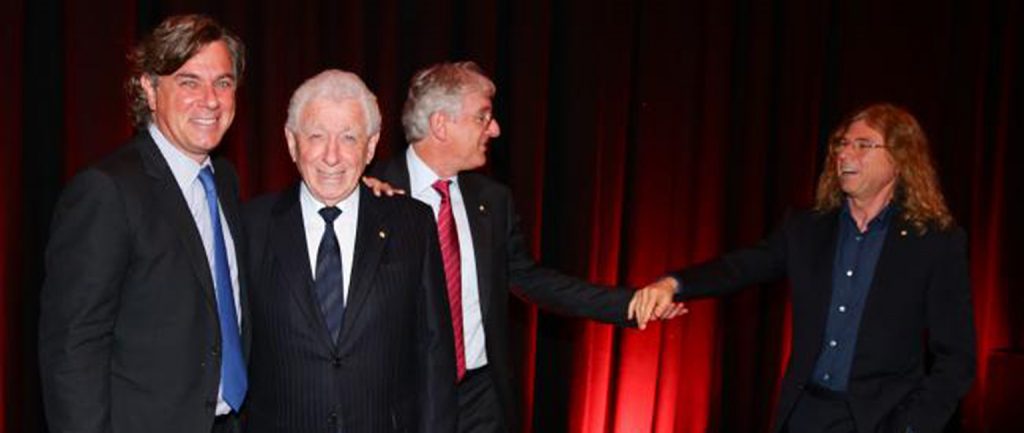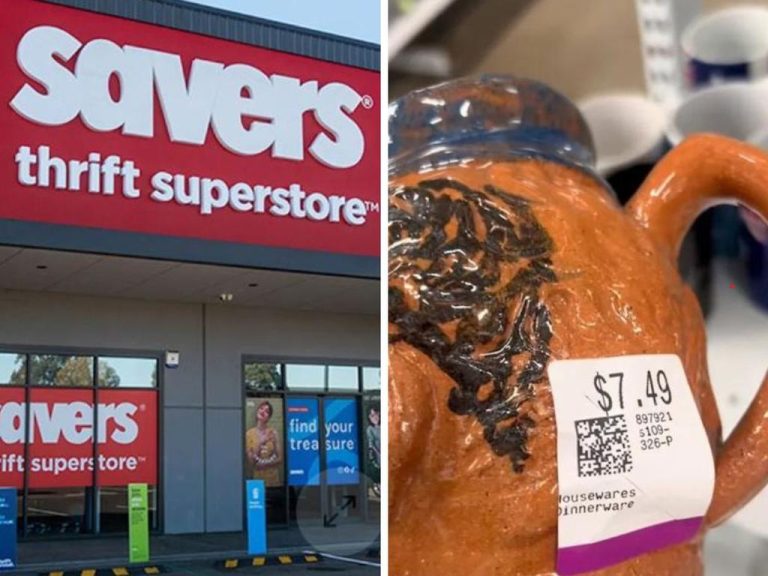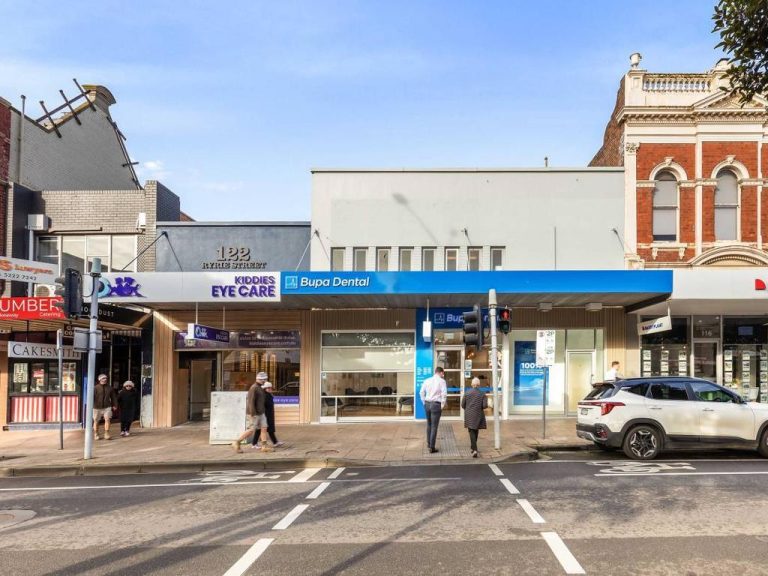Westfield moves with the times: Lowy

Westfield Corporation co-chief executive Peter Lowy says the company has dramatically transformed since the global financial crisis and urges the real estate industry to shift away from focusing on short-term US monetary policy and towards meeting deeper consumer needs.
In a relatively rare public outing in Los Angeles this month, the Lowy scion, who last year appeared set to depart as a full-time executive but then recommitted to the company, revealed that the family had reshaped the shopping centre behemoth as technology transformed the industry.
Delivering a keynote address at a University of California, Los Angeles, conference, he revealed that the company’s vision stretched beyond the current $US10.5 billion ($14 billion) development pipeline and it was seeking more engagement with its customers using technologies at its Westfield Labs facility being rolled out in its malls globally.
The property executive, who runs the company with his Sydney-based brother Steven, also cautioned that the US Federal Reserve’s extended policy of quantitative easing would eventually come off, with variable effects across the property industry.
Lowy expressed surprise at a forecast of 3% inflation in the US, noting the impact of sales on the internet in the company’s malls. “Over the last five years we’ve seen deflation of pricing of products we sell at malls,” he says.
Since the GFC, consumers have changed shopping patterns; they consume less, they spend more efficiently, they save more
But the company has reacted. “We have completely changed our business model,” he says.
The company has looked beyond the world of finance and real estate development and more towards technology to deal with the revolution in retail industry.
“We’ve seen dramatic changes in retail business models, consumer habits and technology,” Lowy says.
“Since the GFC, consumers have changed shopping patterns; they consume less, they spend more efficiently, they save more.”
Westfield has dramatically shrunk the number of malls it owns to 34 across the US and Britain. Lowy emphasised the company’s strategy was to create and operate flagship assets and rework its existing $US29 billion portfolio via a $US10.5 billion development pipeline.
He predicted that by 2020 the value of the company’s assets would exceed $US50 billion and indicated that Westfield’s switch to higher-value properties was being picked up more broadly. Lowy noted the longer timeframe of many investors, which like Westfield were planning well into the future. “Most of the long-term investors, like the REITs, invest through the cycle and into the next cycle,” he says.
We have completely changed our business model
He downplayed concerns emerging in the US about real estate prices moderating as most major groups have borrowed far less than in the previous property boom. “When you look at most real estate companies they are way less leveraged than they used to be, so the change in values affects them less,” he says.
Lowy noted that since 2009 the Federal Reserve had maintained “near zero” rates, which had driven asset price inflation — and has quite explicitly created a class of buyers for the malls it had sought to offload.
But he rejected the thesis that lower-grade malls would collapse or become unviable in suburban locations. Rather, he argued, their return profile had diminished from offering unlevered five-year total returns of over 10% to about 7-8%.
While Westfield could not hold the malls at this level, financial buyers, backed by institutional capital willing to accept this kind of return, could reap, with leverage, running yields of 12-13%. He cautioned that these assets would require capital expenditure to keep retailers and maintain their rental levels.
Lowy played down the importance of both short-term fluctuations in the bond markets but noted there was still a lack of debt in the marketplace for anything except the better assets.
Backed by a deep analysis of historic trends, Lowy argued that if the Federal Reserve did raise rates it should be correlated with a strengthening in the economy, which in turn would drive up rentals and support property values.
This article originally appeared on www.theaustralian.com.au/property.







